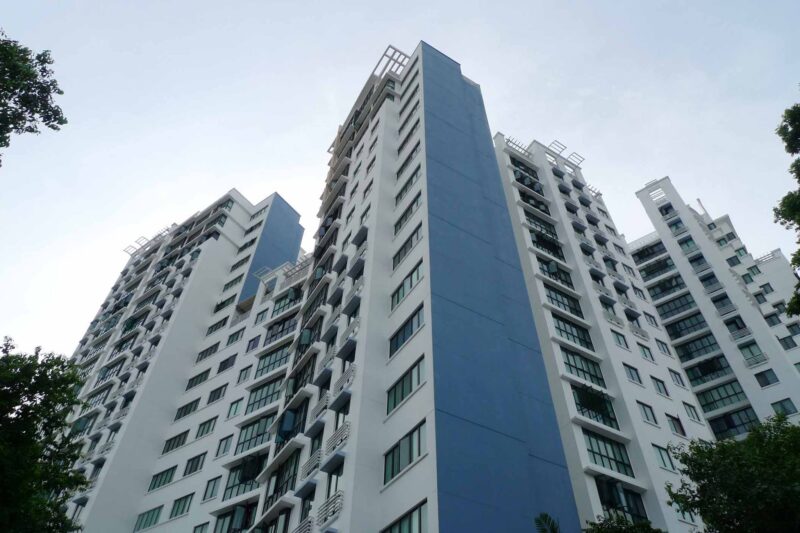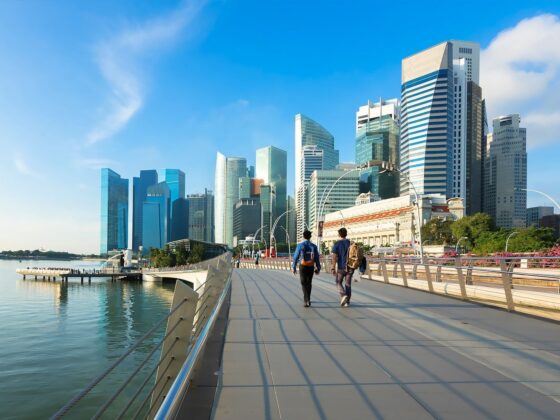High-rise developments have become synonymous with modern urban living in Singapore. As land scarcity increases, vertical growth provides a sustainable way to accommodate both residential and commercial demand. Investors are drawn to these properties for their efficient land use, panoramic views, and strong long-term performance.
1. Maximizing Land Efficiency and Location Value
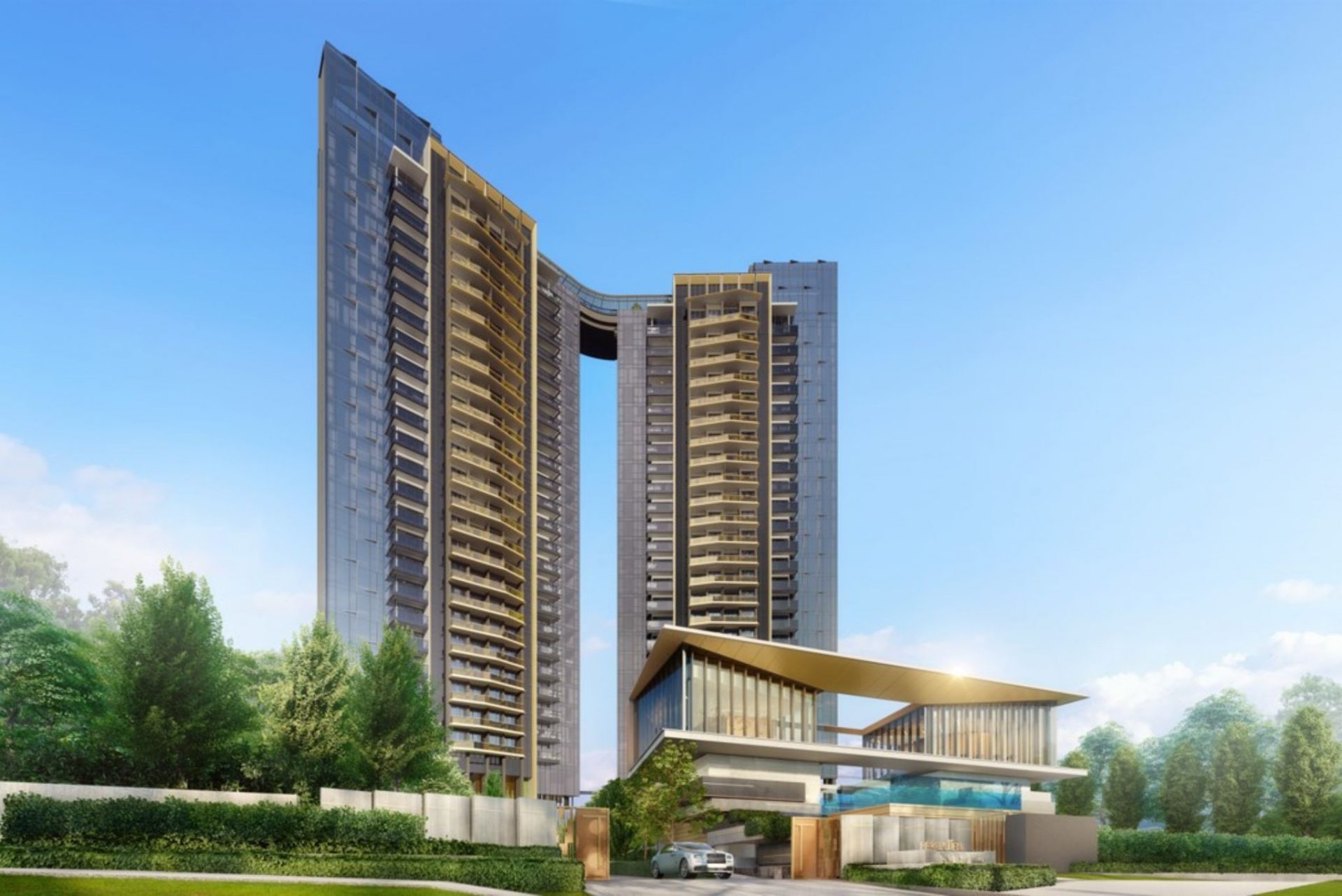
Thomson Modern highlights how high-rise construction allows developers to optimize limited land in prime areas. Vertical expansion supports more units within a single footprint while maintaining quality and exclusivity.
In land-scarce Singapore, this efficiency translates into higher profitability and sustainable urban density. Investors recognize that well-located high-rise projects near MRT lines, business hubs, and retail zones offer strong appreciation potential and enduring demand.
These developments also contribute to the city’s evolving skyline, reinforcing Singapore’s image as a modern and globally connected metropolis.
2. Lifestyle Appeal and Design Innovation
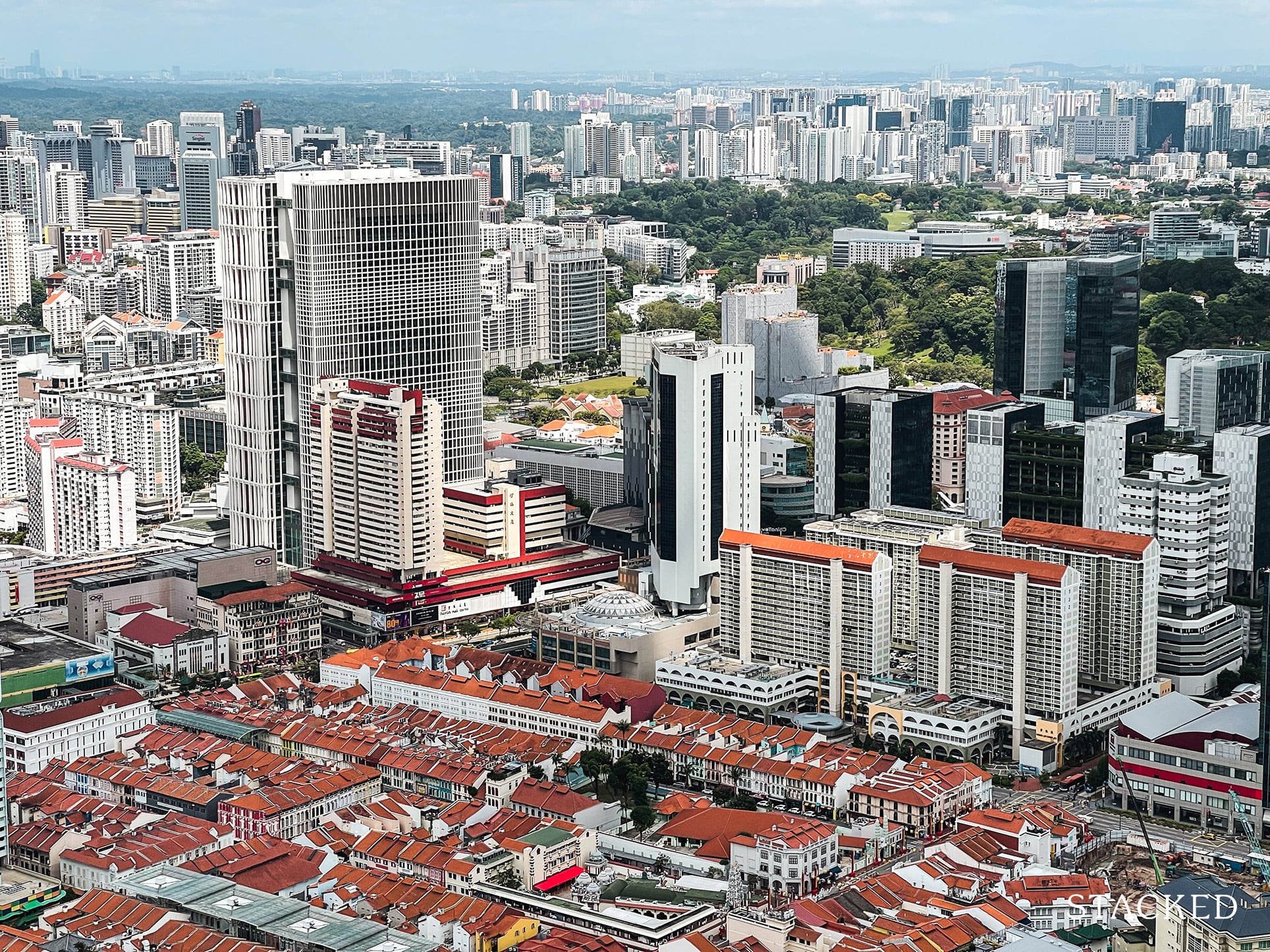
High-rise living combines convenience with luxury. Developers integrate lifestyle features such as sky gardens, rooftop pools, and shared lounges that enhance community living. These amenities appeal to both young professionals and families who value accessibility and modern comfort.
Projects like Thomson Modern demonstrate how vertical design enhances aesthetics and livability. Natural ventilation, smart-home technology, and energy-efficient systems improve the overall experience while aligning with sustainability goals.
This fusion of technology, design, and functionality makes high-rise properties highly desirable for both end-users and investors seeking premium urban living.
3. Investment Performance and Market Resilience
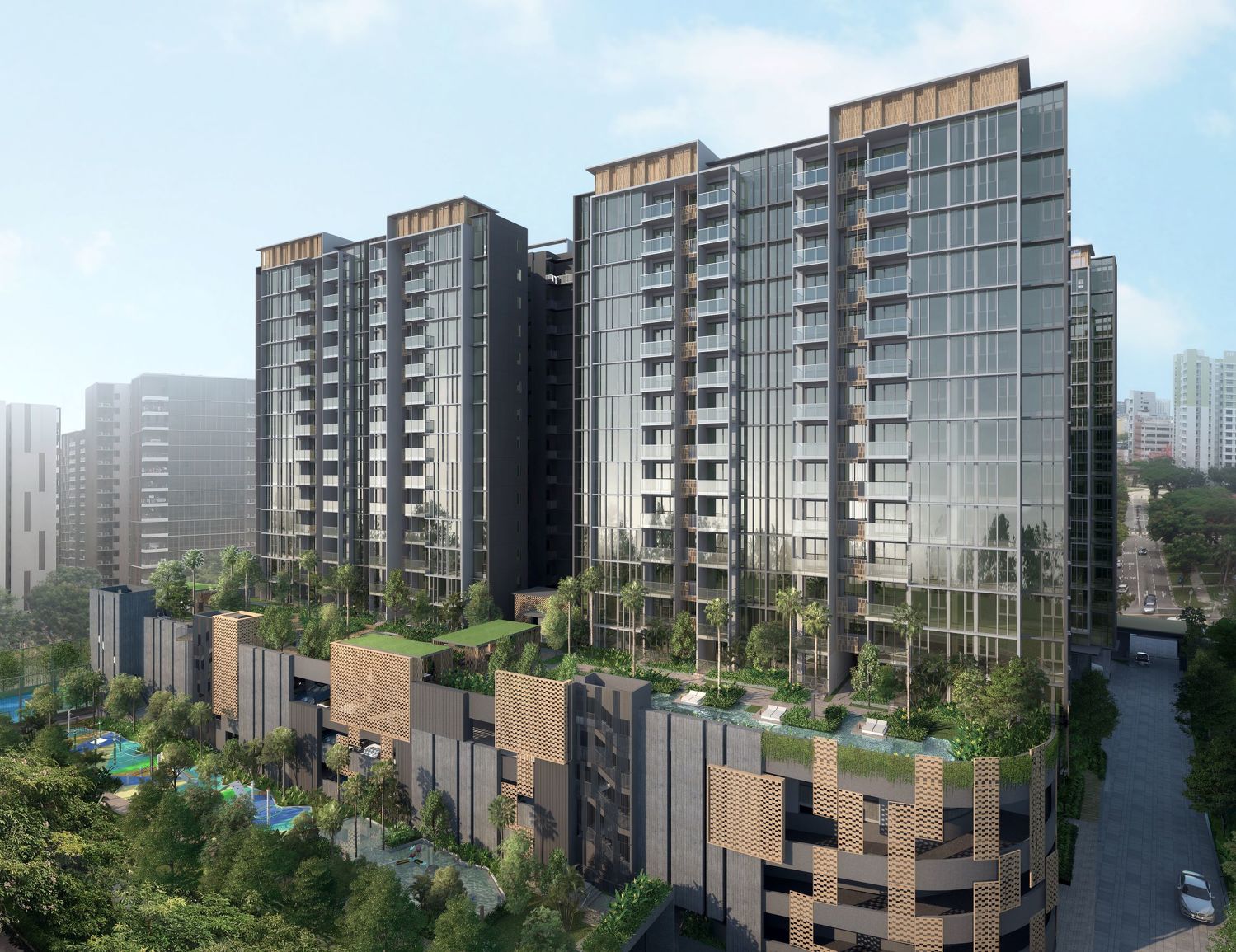
High-rise properties consistently deliver strong rental yields and capital appreciation. Their prime locations and modern infrastructure ensure sustained demand from both local residents and expatriates. Additionally, maintenance costs per unit are typically optimized due to shared management resources within large developments.
Even during market fluctuations, high-rise projects in well-planned districts demonstrate resilience. Their appeal spans demographics, offering flexibility between owner-occupation and investment use.
With ongoing government emphasis on efficient land use and sustainable growth, high-rise construction remains a cornerstone of Singapore’s real estate strategy and investor confidence.
Conclusion
High-rise developments represent the future of urban real estate in Singapore. They combine efficient land use, lifestyle innovation, and long-term market value, making them a cornerstone for investors seeking sustainable growth.
Projects like Thomson Modern capture this evolution—offering height, design, and connectivity that define modern living. As Singapore continues to grow vertically, these developments will remain key drivers of real estate investment success.
